130, Suyeonggangbyeon-daero,
Haeundae-gu, Busan, Republic of Korea,
48058
DATABASE
Ko-pick: Films set in Korea under Japanese Colonial Rule
- Writer by KoBiz
- View1859
On 15th August, it was National Liberation Day of Korea, a public holiday to commemorate the day when the country was liberated from thirty-five years of Japanese Rule at the end of the Second World War in 1945.
Films set in the colonial era have emerged in different phases during the history of Korean cinema. One of the most famous early examples was Choi In-kyu’s Hurrah For Freedom (1946) that was released a year after liberation and several other films during this period including Lee Ku-yeong’s The Chronicle of An Jung-Geun (1946) were released before the Korean War.
But even during the colonial period itself, depending on the Japanese authorities present at a screening (silent films were narrated by a Byeonsa (orators) and were monitored) features were sometimes able to deal with the difficulties of the period – this included Na Woon-gyu’s Arirang (1926) that is sadly lost, while the first Korean film, Righteous Revenge (1919), a Kino-drama also reportedly drew parallels to Korea’s resistance under colonial rule.
While there were a number of features that were set during the colonial era such as Jeon Chang-keun’s King Gojong and Martyr An Jung-Geun (1959) and Jeong In-yeop’s Bae Jeong-Ja, a femme fatale (1973) that were produced later, it wouldn’t be until the 2000s and especially the 2010s when films dealing with the colonial period become more common. A notable example, however, is Im Kwon-taek’s General’s Son (1990-1992) trilogy.
This is possibly because of the sensitivities involved in depicting this period that has made it risky for investors – films such as Modern Boy (2008) and Once upon a Time (2008) underperformed at the box office, while Ryoo Seung-wan’s The Battleship Island (2017) faced controversy over how it conveyed the colonial era backdrop and characters in the film.
Nevertheless, by the 2010s colonial era films were striking a tangible chord with audiences with Choi Dong-hoon’s Assassination (2015) accumulating more than 12 million admissions, while Lee Joon-ik’s independent film Dongju: The Portrait of a Poet (2015) that came little over six months later was lauded by critics. Subsequently, many other films followed including The Age of Shadows (2016), The Last Princess (2016), Love, Lies (2016), Mal-Mo-E: The Secret Mission (2019), Hero (2022) and Phantom (2022).
In September, Woo Min-ho’s Harbin (2024) that features Hyun Bin as the famous independence fighter An Jung-geun will premiere at the Toronto International Film Festival (TIFF) in Gala Presentations. It’s scheduled to be released in Korea later on this year.
This week, given the festival invitation and the recent public holiday, we will take a closer look at some of the colonial era films that have resonated with viewers beginning with General’s Son before examining some of the features released later.
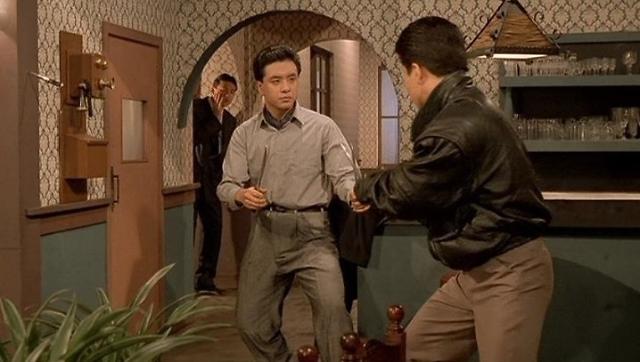
Im Kwon-taek, the only Korean filmmaker to have made films in every decade between the 1960s and 2010s – has tackled a range of themes during his remarkably long and prolific career. Shaped by his own experiences having lived during some of the most tumultuous periods of the 20th century, Im has approached Korean history and nationalism as well as culture in his work, particularly in the latter half of his career.
General’s Son is to some degree part of this – though is more commercial in nature than many of his other films of the 1990s and 2000s. It follows a gangster, Kim Du-han (Park Sang-min), who discovers that he is the son of General Kim Jwa-jin, an independent activist. He works up the ranks as he seeks to take on the Japanese Yakuza who are growing in influence in Seoul.
As a Korean crime film, it features many of the smartly choreographed fight scenes that would later characterize the genre in the late 1990s and early 2000s. It’s also interesting for how it depicts the era – it includes a scene in a cinema that is screening an early Korean film from the 1920s and we see the Japanese authorities closely monitoring what the Byeonsa is saying.
The film was one of the most successful titles of the decade leading to two sequels that Im would also direct (General’s Son II (1991), General’s Son III (1992).
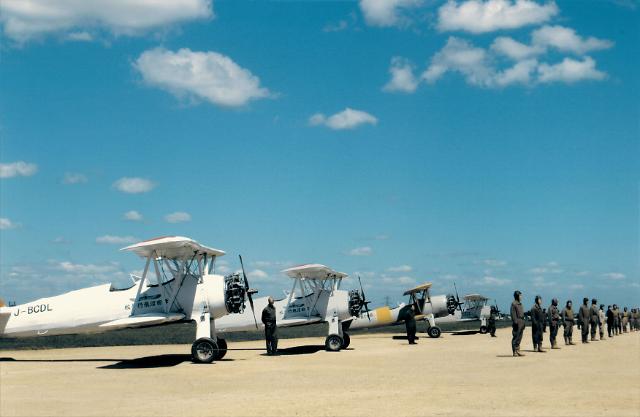
Although it ultimately became controversial for how it portrayed one of Korea’s first aviators, Park Kyung-won, Blue Swallow (2005) is a visually ambitious and engaging film that is often overlooked. It also underscores the challenges facing many of these projects as they deal with historical sensitivities.
Directed by Yoon Jong-chan, it stars Jang Jin-young as the aspiring pilot who has always dreamt of flying planes and goes to Japan to make this come true. There she meets a Korean serving in the Japanese military (Kim Joo-hyuk) but she ends up in jail when she is suspected to have taken part in resistance activities.
The film also features Han Ji-min in her first role in a feature film as a fellow Korean aviation student. The film is now all the more poignant given that Jang died of cancer in 2009, while Kim Joo-hyuk suddenly passed away in 2017 – the pair also acted as a couple in the comedy Singles (2003).

Dongju: The Portrait of a Poet
Shot in black and white on a budget of 500 million won ($386,000), Lee Joon-ik’s Dongju: The Portrait of a Poet remains one of the most admired Korean films set during the colonial era having won multiple accolades including Best Screenplay at the Blue Dragon Film Awards. The film also went on to accrue 1.17 million admissions, far exceeding its break-even point.
Written by director Shin Yeon-shick (The Avian Kind (2014)) who is seen as one of the most talented writers in the industry, the film tells the story of renowned poet Yun Dong-ju (Kang Ha-neul) who wrote at a time when it was difficult to publish in Korean. He was eventually arrested by the Japanese government for suspected activities in the Korean independence movement. The film also features Park Jeong-min as independence activist Song Mong-gu and cousin of Dong-ju – the two of them move to Japan.
Beautifully written reflecting the protagonist’s gift in poetry, the film is an engrossing portrait of his life at a time when Korean writers faced so many obstacles writing in their native language under Japanese colonial rule.
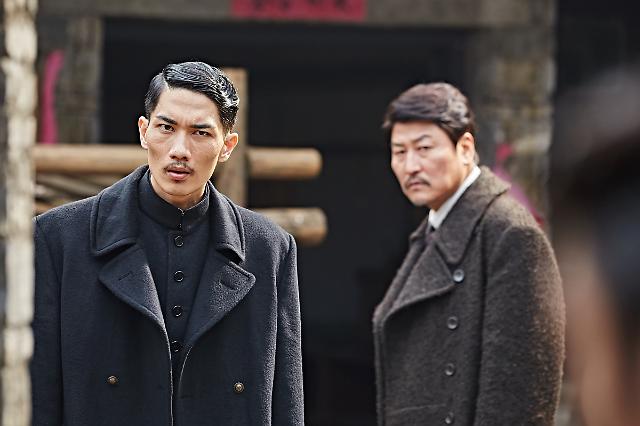
Released in 2016 that saw a number of colonial era set films (The Handmaiden, Love, Lies, The Last Princess), Kim Jee-woon’s The Age of Shadows also drew local critical praise for its slick production values and for its compelling narrative that is more dialogue driven than conventional espionage thrillers.
Set in the 1920s, it centers on a police officer working for the Japanese authorities (Song Kang-ho) who is ordered to bring down a Korean independence group led by a resistance fighter acted by Gong Yoo. The group is seeking to smuggle explosives into Seoul.
Akin to Tomas Alfredson’s Tinker Tailor Soldier Spy (2011), it focusses on the relationships between the different characters as loyalties to their homeland and to those around them are tested. Although it is more of a drama than a thriller, it does feature some breathtaking set-pieces including one on a train bringing to mind the opening sequence in Kim’s The Good, The Bad and the Weird (2008) that’s set in Manchuria in the late 1930s.
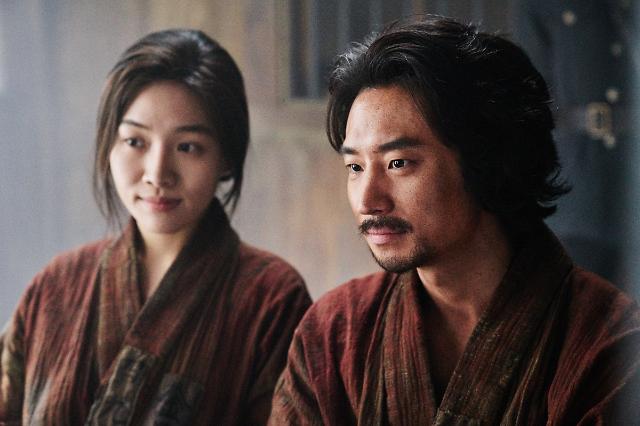
Following the success of Dongju: The Portrait of a Poet Lee Joon-ik’s subsequent film was Anarchist from the Colony (2017) that also centered on an independent activist – this time the revolutionary Pak Yol who attempted to assassinate Japan’s Crown Prince Hirohito.
The film follows how he (Lee Je-hoon) and his anarchist group of more than a dozen members seek to do this, while it also portrays the relationship he had with a Japanese anarchist, Kaneko Fumiko (Choi Hee-seo).
Similarly to Dongju, it connected with audiences selling more than 2.3 million tickets in the summer of 2017. Choi Hee-seo also attracted widespread acclaim for her role that involved significant Japanese dialogue and went on to win several New Actress accolades at the Blue Dragon Film Awards, Baeksang Arts Awards, Chunsa Film Art Awards, Grand Bell Awards among others making it one of the standout performances of the year.
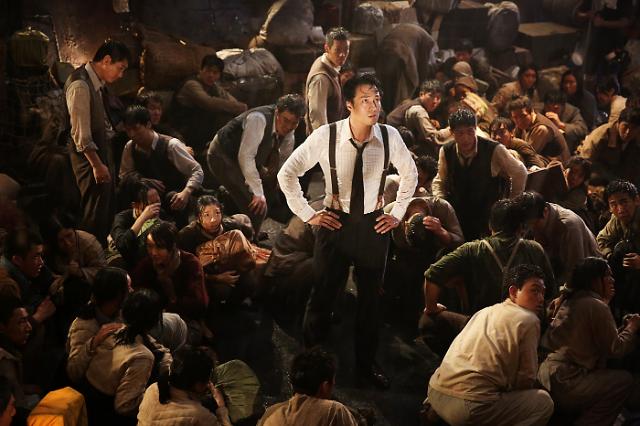
Also released in the summer of 2017 was Ryoo Seung-wan’s The Battleship Island that sought to exploit the peak holiday season at the end of July and early August, which it achieved accruing over four million tickets on its first five days of release.
Set during World War II, it was an audacious production as it reconstructs the coal mines of Hashima Island (otherwise known as Battleship island) where hundreds of Koreans were subjected to forced labor by the Japanese. It follows an attempted prison break as the captives seek an escape from the brutal conditions. Hwang Jung-min plays a bandmaster who is sent to the island with his daughter (Kim Su-an), Song Joong-ki also leads as a member of the independence movement, while So Ji-sub is a street fighter and Lee Jung-hyun plays a comfort woman.
While it was ultimately embroiled in controversy owing to how it depicted history and for also occupying such a large number of the nation’s screens upon release, the film’s stunning visuals and choreography illustrates why Ryoo is one of the leading action-maestros of Korean cinema.
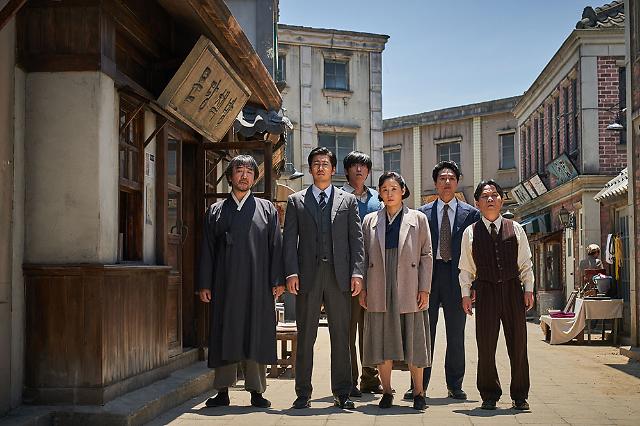
During the late 1930s and 1940s under Japanese colonial rule, Korean was banned outright as Japan militarism further accelerated during the Second World War. This is the backdrop to Eom Yu-na’s Mal-Mo-E: The Secret Mission (2018) that sees an illiterate man (Yoo Hae-jin) teaming up with the Korean Language Society to publish a dictionary of the Korean language. Members of this society were arrested and tortured in 1942.
Although the film deals with a turbulent period of history, it’s an uplifting film as people from all walks of life come together to ensure this dictionary is published despite the dangers in doing so. Without action set-pieces to drive the narrative, it’s dependent on the story and its characters, which made a palpable impact with audiences upon release selling more 2.8 million tickets. The film also stars Yoon Kye-sang, Kim Sun-young and Kim Tae-hoon.
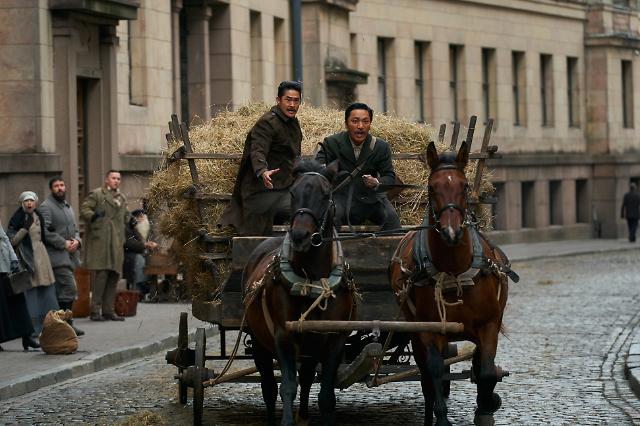
Based on the stage musical Hero that celebrated its 15th anniversary this summer at the Sejong Center for the Performing Arts in Seoul, Hero (2022) stars Chung Sung-hwa as An Jung-geun (he also plays the independence activist in the musical). Following closely to the original and its musical numbers, it centers on An and his collaborators as he sets out to assassinate the first Prime Minister of Japan. It also portrays his subsequent trial and death after he carries out his mission. Chung features alongside Kim Go-eun and Na Moon-hee.
It was directed by “hitmaker” JK Youn is who is known for his hits Haeundae (2009) and Ode to My Father (2014) as well as other titles he produces through his company JK Film. Like the musical, Hero also connected with audiences playing for weeks in cinemas. But released during the pandemic, it ended up falling short compared to Yoon’s other films selling 3.2 million tickets.
Financed by CJ, which is also behind the latest depiction of An Jung-geun, HARBIN.
HARBIN refers to railway station in China where Itō Hirobumi was assassinated by An in October 1909.
Editted by Shim Eunha
Written by Jason Bechervaise































